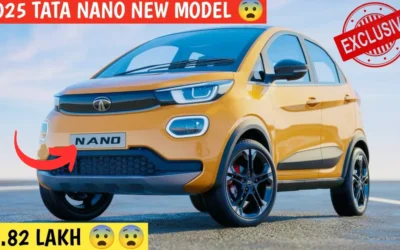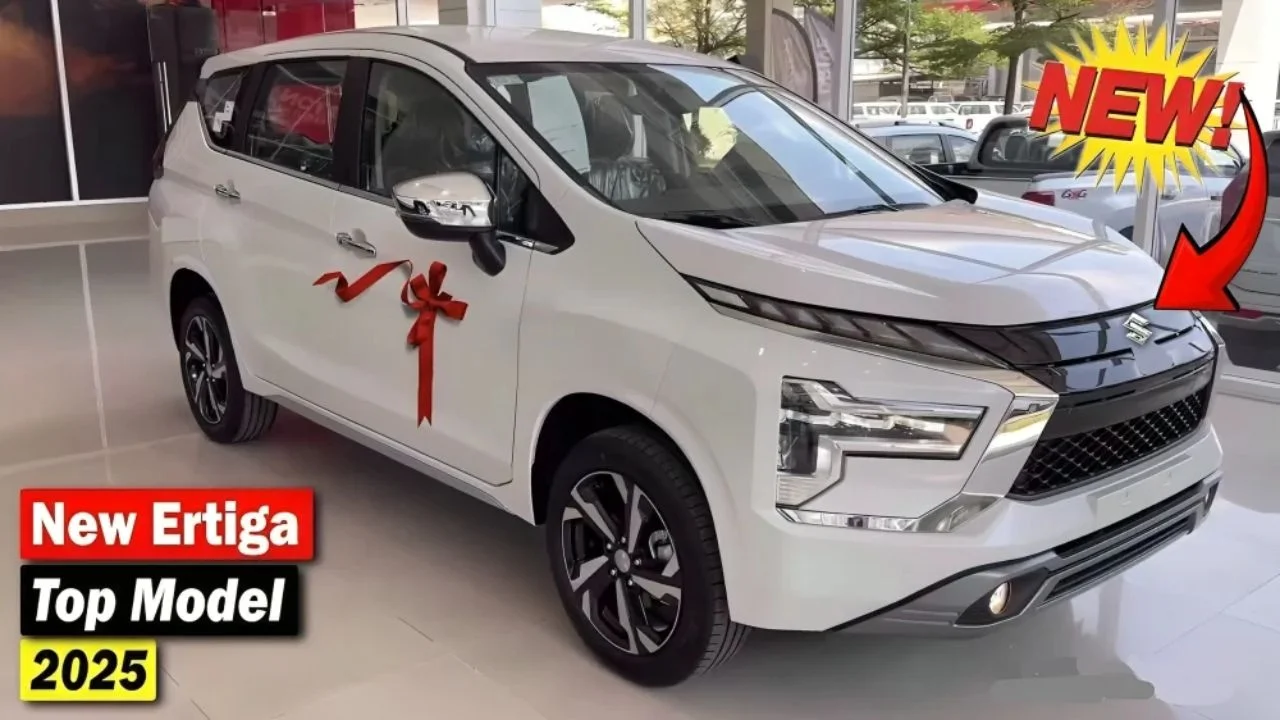Unleashed Ultimate Power: NIO EP9 – The Game-Changing Electric Hypercar!


Introduction :
In 2016, a new name burst onto the high-performance car scene: the NIO EP9. Built by Chinese startup NIO, this fully electric hypercar was designed not just to look striking, but to beat the world’s fastest track times. When the NIO EP9 first roared around Germany’s Nürburgring in a record-setting 7 minutes 5.12 seconds, it proved that battery-powered vehicles could compete with, and even surpass, gasoline supercars. More than a one-off prototype, the EP9 laid the groundwork for NIO’s future road cars and showed the world what electric traction and clever engineering can achieve.
A Simple Yet Bold Design :
At first glance, the NIO EP9 looks like a spaceship on wheels. Its low-slung body sits just 100 mm above the road, and its stance is wide and muscular. Every curve and opening serves a purpose: air flows smoothly over the front splitter, under the flat floor, and out through the active rear wing to generate massive downforce. The chassis is made entirely of carbon fiber, keeping weight under 1,735 kg (including batteries) and giving the car a rigid backbone. The cockpit is snug, with a clear acrylic roof panel and racing-style bucket seats that hug the driver and passenger during high-speed cornering.
Powertrain: Four Motors, One Goal :
Inside the NIO EP9 rear deck lie four separate electric motors—one for each wheel. Together they can deliver up to 1,360 hp and 1,480 Nm of torque. Instead of a traditional multi-speed gearbox, each motor drives its wheel through a single-ratio transmission. This setup allows instant torque delivery and precise control of power distribution between wheels. When you step on the accelerator, the EP9 surges forward so quickly that you feel pushed into your seat with roughly 2.7 seconds to reach 100 km/h. The lack of gear shifts also means one smooth rush of power all the way to its top speed of 313 km/h.
Battery and Charging :
Underneath the carbon fiber tub is a liquid-cooled lithium-ion battery pack rated at 800 V. It stores 70 kWh of energy, enough for about 427 km of moderate driving. For a hypercar focused on laps around a track, though, the real story is speed of recharge. NIO EP9 rapid-charging system can refill the pack in roughly 45 minutes using a 500 kW charger. Even more impressive, NIO introduced its battery-swap technology on the EP9: in just eight minutes, technicians can roll out the empty pack and slide in a fresh one, getting the car back on track almost as quickly as a fuel stop.
Aerodynamic Innovations :
Downforce is a hypercar’s best friend when cornering at high speed. The NIO EP9 generates up to 24,000 N (about 2.4 tonnes) of downforce at 240 km/h, thanks to a fully adjustable front splitter, side skirts, underfloor tunnels, and a huge rear wing that tilts to match the driver’s settings. Engineers spent months in a wind tunnel and on the computer, tweaking every panel until the airflow was perfect. The result is a car that sticks to the pavement in fast corners and remains stable under heavy braking, even at its top speeds.
Record-Shattering Laps :
The NIO EP9 was never content to sit on a pedestal—it wanted to prove itself on the world’s toughest tracks. In October 2016, it shattered the existing electric lap record at the Nürburgring Nordschleife, cutting the time down to 7 minutes 5.12 seconds. A few months later at Shanghai International Circuit, it logged 2 minutes 1.11 seconds, setting another benchmark. In early 2017, running in fully autonomous mode, the EP9 blitzed Circuit of the Americas in Austin in 2 minutes 40.33 seconds. Each time, the EP9 showed that precise electric control and massive downforce could beat even the most advanced combustion cars.
Limited Production, Lasting Legacy :
NIO EP9 built only 16 EP9s between 2016 and 2019, making it rare even among hypercars. Each example carried a price tag of around $1.2 million and came with a full support package: engineering teams to run track days, battery-swap stations, and full maintenance. But more important than its exclusivity was the knowledge NIO gained. The lessons learned on aerodynamics, thermal management, and high-power electrical systems directly influenced NIO’s later road models, like the ET7 sedan and ES8 SUV, which use many of the same innovations on a more practical scale.
Influence on NIO’s Road Cars :
After the EP9, NIO turned its attention to customer vehicles. The ET7 flagship sedan borrowed its 800 V electrical architecture and rapid-charging system directly from the hypercar program. NIO EP9 battery-swap network—first tested on the EP9—now serves hundreds of stations across China, letting owners swap batteries in minutes. Even active suspension and advanced torque vectoring, initially tuned on the EP9, appeared in NIO’s high-volume models. In this way, the EP9 was never just a showpiece, but a rolling laboratory accelerating NIO’s push toward mass-market electric mobility.
Why the EP9 Still Matters :
More than five years after its debut, the EP9 remains a touchstone. It proved that electric cars could go fast, handle sharply, and compete at the highest level. It convinced skeptics that battery power was not only practical, but even superior in many ways to gasoline on a racetrack. Perhaps most of all, it showed that a new automaker from China could take on century-old brands in the most demanding arena—and win. For NIO, the EP9 stands as the founding stone of a brand built on daring, innovation, and the unshakable belief that the future of driving is electric.
Conclusion :
The NIO EP9 bridges two worlds: the cutting edge of motorsport and the coming wave of everyday electric cars. With its carbon fiber chassis, four-motor powertrain, rapid battery service, and record-smashing lap times, it changed assumptions about what an electric hypercar could do. At the same time, it formed the technical backbone for NIO’s later production models, spreading its innovations to tens of thousands of drivers. More than just a flash of speed, the EP9 proves that bold engineering and clean energy can redefine performance—and point the way toward a cleaner, faster automotive future.




